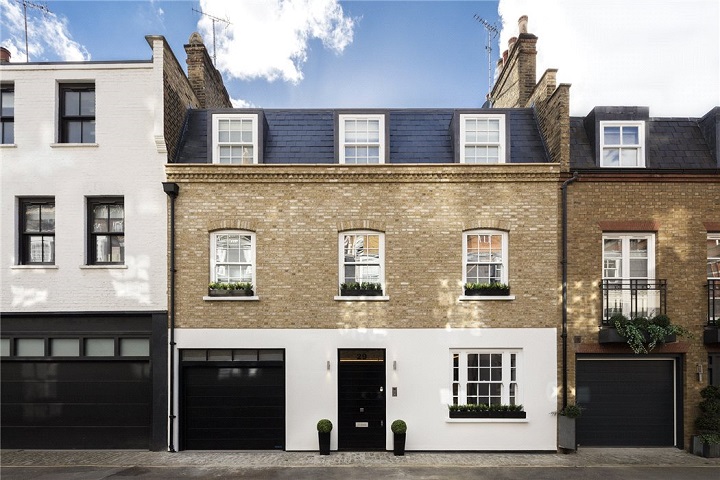_The rise and fall of the London Mews House
In Victorian times, children were ‘to be seen and not heard’. When it came to servants, it went one step further – preferably, they were neither seen nor heard which is why today, I believe, amid the noise and haste of London, the once-humble mews house is amongst the most desirable property-picks on the market, for they are (deliberately so) off the beaten track, hidden passages of peace and tranquillity.
And because they were typically add-ons (often accessed by underground passages) to the very grandest of houses they are also often to be found in the finest parts of London.
Mews houses first came about in the 18th and 19th century. As London started to grow to the west in the 18th century, grand terraces of town houses were built on the fields of, for example, Mayfair, Kensington and Marylebone.
Space was required for horses, coaches and servants and the solution was to build roads around the back where stables could be built. Mews, for all intents and purposes, were the service roads running behind the houses of the Victorian and Edwardian elite.
The cobbles that we now think of as charming served a practical function as hard wearing surfaces for horses. Likewise, what used to stable a horse or two, in many cases, now stable 450 ‘horses’…in the form of a gleaming, powerful Ferrari!

Knight Frank is currently marketing this four bedroom mews house in Knightsbridge
The word ‘mews’ derives from the French word ‘muer’ which means “to moult” reflecting its original function to confine hawks while they moulted.
Shakespeare later used the term to ‘mew up’ as a term to confine or coop up. You see, ‘Lord Grantham’ would have been just as happy to coop up ‘Mrs Hughes’ as he would one of his horses or falcons - as long as his game pie and jug o’ claret were on his table in time for his carriage arriving in London he was a happy.
"Mews, for all intents and purposes, were the service roads running behind the houses of the Victorian and Edwardian elite. "
However, it seems the peasants revolted somewhere around the early 20th century! The motor car and the servant shortage made mews houses unnecessary for many home owners and many were sold off to Arthur Daley and Del Boy types. Mews actually became synomomous with scruffy, seedy back-streets!
It was not until the swinging 1960’s that mews houses started to be converted and, for a convergence of the reasons above, started to gain street cred. Their popularity has grown and grown and, as the larger houses got split up in to flats they emerged as relatively spacious options, often with a wider and lower build than their exhausting, multi-level townhouse counterparts.
I had a flick through the online portals this morning looking for ‘Mews Houses in London’. I found hundreds. It may surprise you to hear that I also found twenty with a price tag of £5m+ going all the way to the heady heights of £17.5m! With price tags like that it is no surprise that celebrities such as Sid Vicious, Francis Bacon, Agatha Christie, Adele, Michael Caine, James Hunt and Noel Gallagher have all owned and lived in Mews Houses at one point in their lives.
Knight Frank markets some of London's finest mews houses. Search for mews houses for sale or contact one of our London offices.
*The full ‘Desiderata’ poem can be read here
